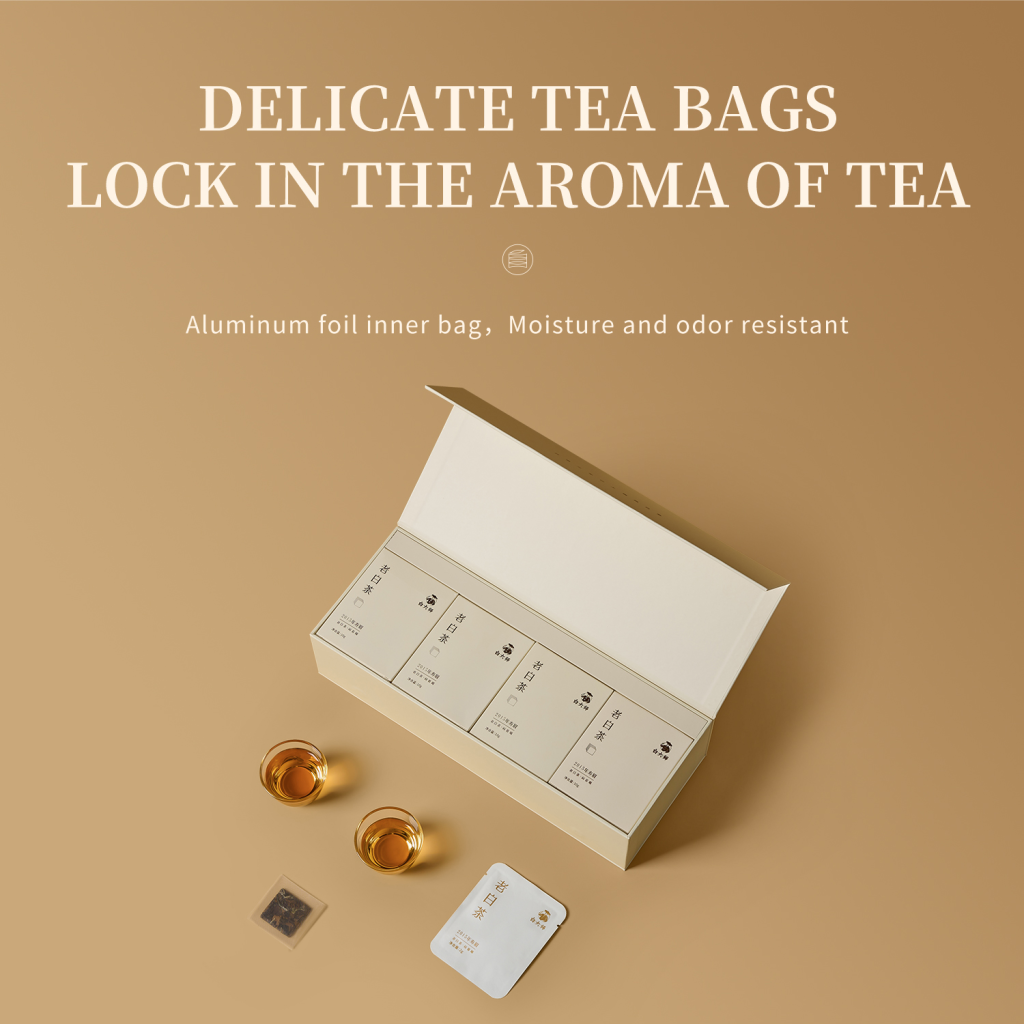White tea, one of the six major types of Chinese tea, is renowned for its delicate flavor and unique appearance. Named for its silvery-white leaves, white tea originates from Fujian’s Fuding region and is often called Fuding White Tea. This blog explores white tea’s distinct characteristics, health benefits, and brewing techniques, highlighting why it is a prized gem among Chinese teas.

What is White Tea?
White tea is distinguished by its appearance and minimal processing. The leaves are picked and allowed to wither naturally, resulting in a tea close to its natural state. This minimal processing helps retain the tea’s natural flavors and beneficial compounds.
Origin and Appearance
The pristine white color of white tea comes from the fine silvery hairs on the unopened buds of the tea plant. When brewed, it produces a pale, slightly golden liquid with a fresh, sweet, and mellow taste. The most famous types of white tea include Baihao Yinzhen (Silver Needle), Bai Mudan (White Peony), and Shoumei (Noble, Long-Life Eyebrow).

Health Benefits of White Tea
White tea is a pleasure to drink and offers numerous health benefits due to its rich nutrient profile.
Treating Measles
White tea is known for its medicinal properties, particularly in treating measles. In Chinese traditional medicine, aged white tea is often used to reduce fever in children with measles, outperforming antibiotics in its efficacy. This has made white tea a respected remedy in regions like North China and Fujian.
Promoting Blood Sugar Balance
Research in the health tea market indicates that white tea contains essential active enzymes that help regulate blood sugar levels. Long-term consumption of white tea can significantly increase lipase activity, promoting fat breakdown and controlling insulin secretion. This helps balance blood sugar levels by slowing down glucose absorption and metabolizing excess blood sugar.
Enhancing Vision
White tea contains a high amount of provitamin A, which converts to vitamin A in the body. Vitamin A is crucial for synthesizing rhodopsin, a pigment in the eyes that helps improve vision in low-light conditions. Regular consumption of white tea can prevent night blindness and dry eye syndrome. Additionally, white tea’s anti-radiation properties protect the eyes from the harmful effects of prolonged exposure to screens, making it an ideal beverage for children and adults alike.

Brewing White Tea
Proper brewing techniques are essential to fully appreciating white tea’s delicate flavors. Here’s a step-by-step guide to brewing the perfect cup of white tea.
Preparing the Equipment
Before brewing, gather all necessary tea utensils, including a teapot, teacups, a teaspoon, and a tea towel.
Warming the Utensils
Pour hot water into the teapot and teacups to warm them. This step ensures that the tea brews evenly. Discard the water after a few moments.
Measuring the Tea
Use a teaspoon to place an appropriate amount of white tea leaves into the teapot or teacup. Generally, 2-3 grams of tea per 150 ml of water is recommended.
Rinsing the Tea
Pour hot water over the tea leaves to rinse them, then quickly discard the water. This step cleans the leaves and wakes them up, preparing them for brewing.

Brewing the Tea
Pour hot water (around 85°C or 185°F) over the tea leaves and cover the pot. Let the tea steep for about 3-5 minutes. Adjust the steeping time based on your taste preference.
Serving the Tea
Pour the brewed tea into a fair cup (gong dao bei) to ensure even distribution, then serve it in individual cups. Enjoy the delicate aroma and flavor of the white tea.
White tea can be re-steeped multiple times, with each infusion offering a unique taste experience. Typically, white tea can be steeped up to eight times.
Conclusion
Chinese white tea has a rich history, unique characteristics, and numerous health benefits. Its delicate flavor and natural sweetness make it a favorite among tea enthusiasts. Teasmaster.com offers a wide range of classic Chinese teas and tea sets to enhance your tea-drinking experience. Explore our collection and discover the elegance of white tea today.
